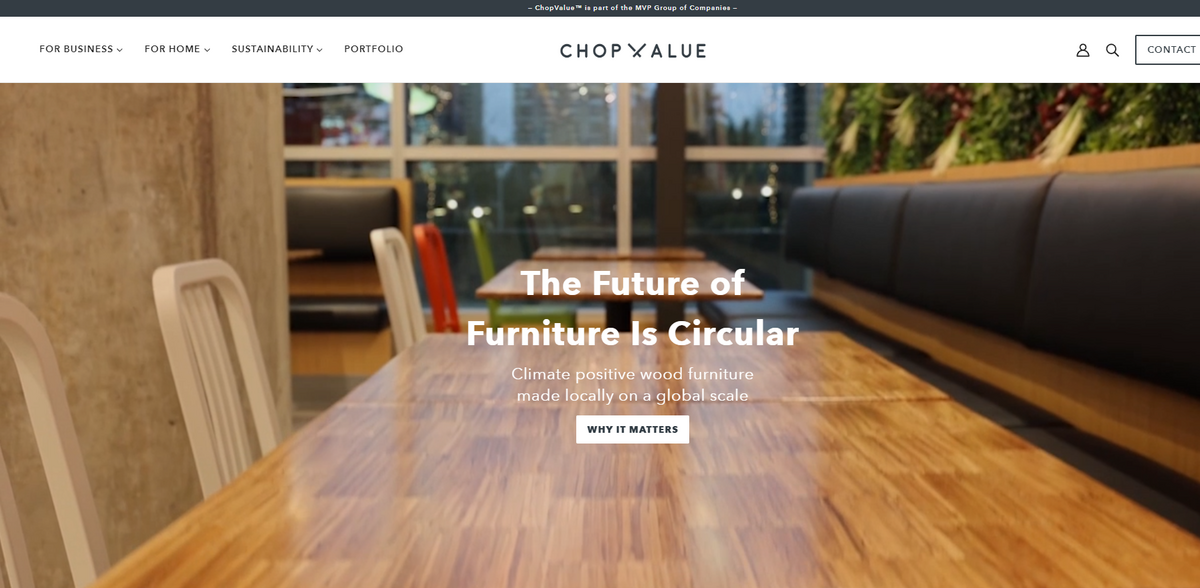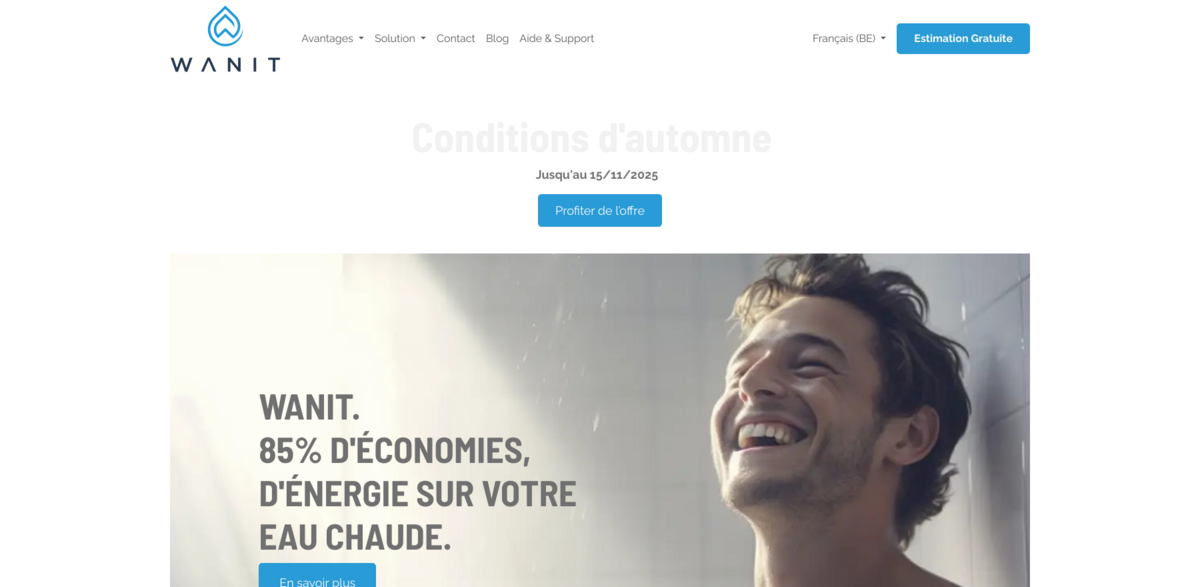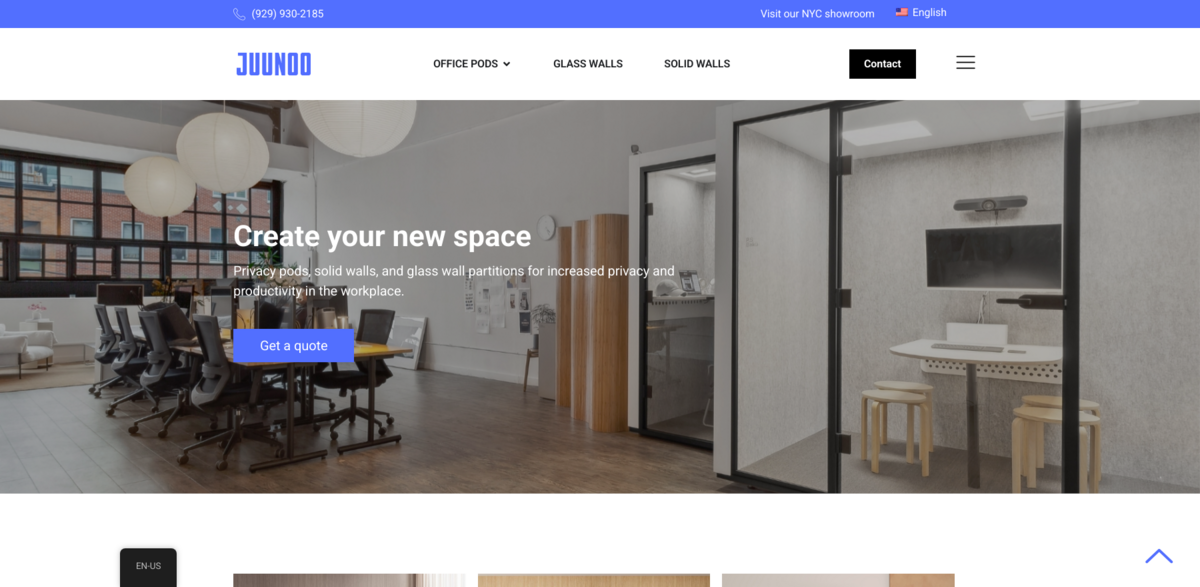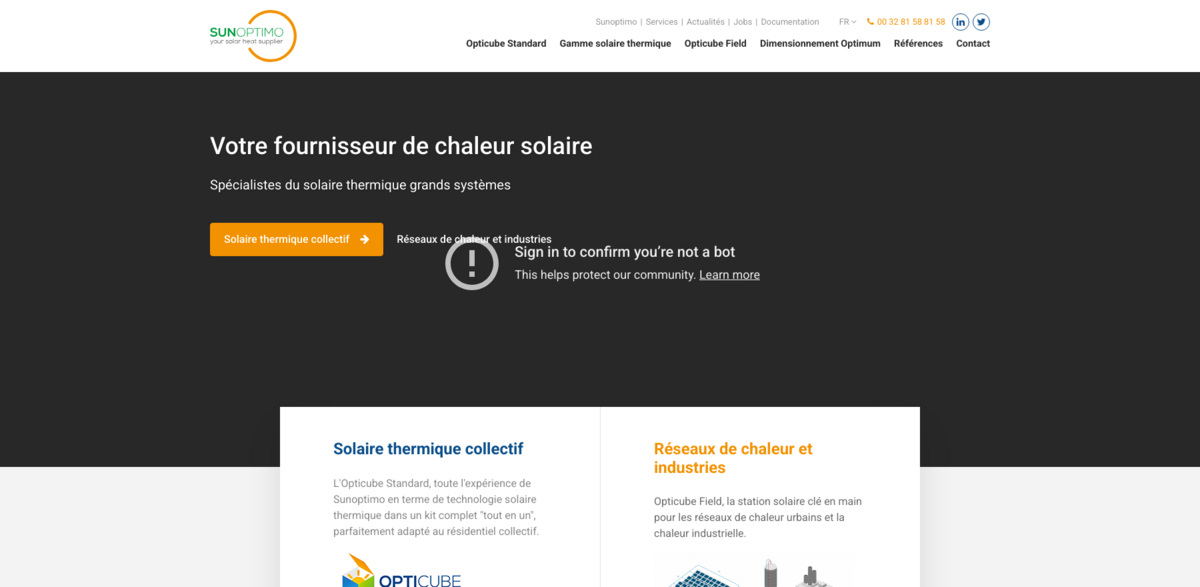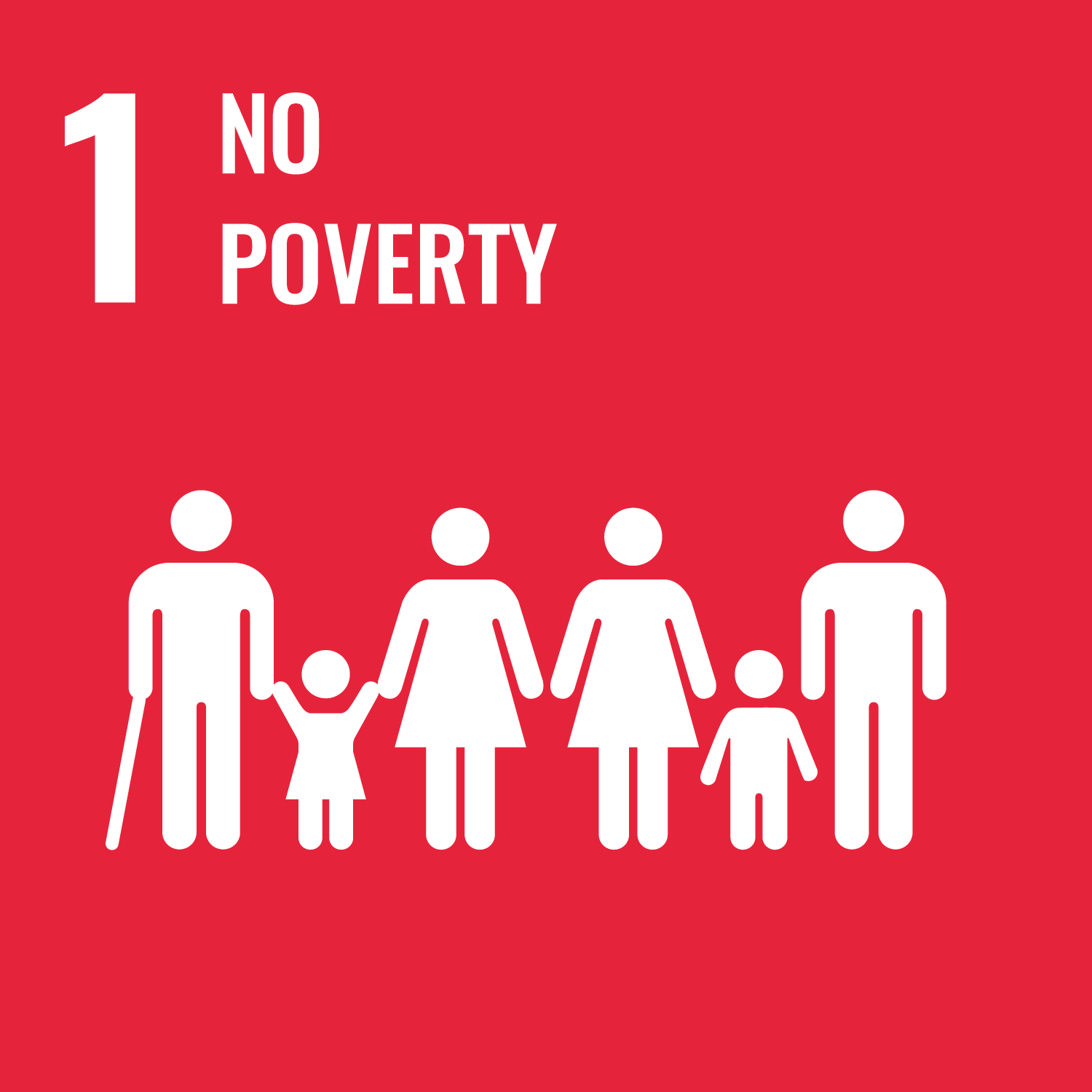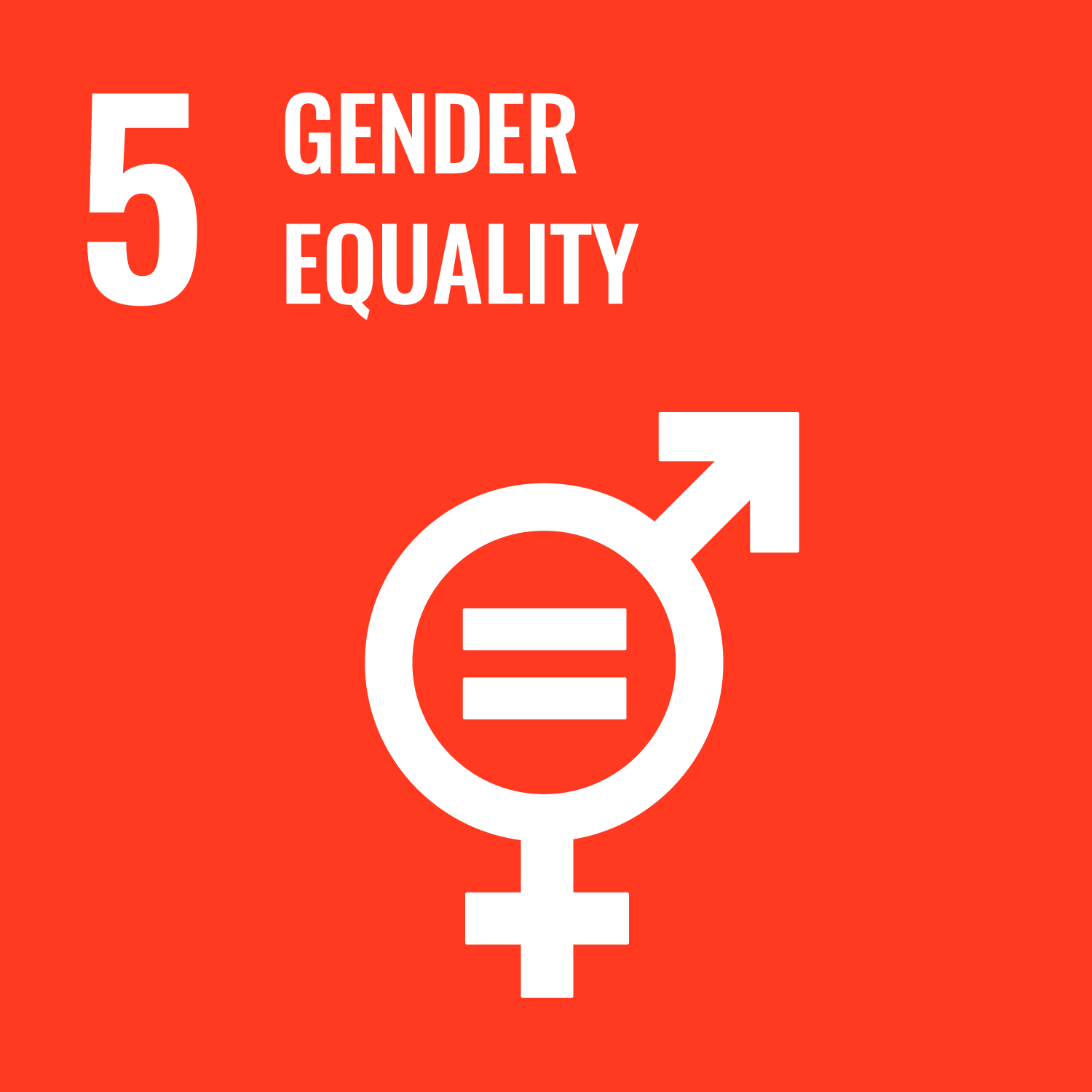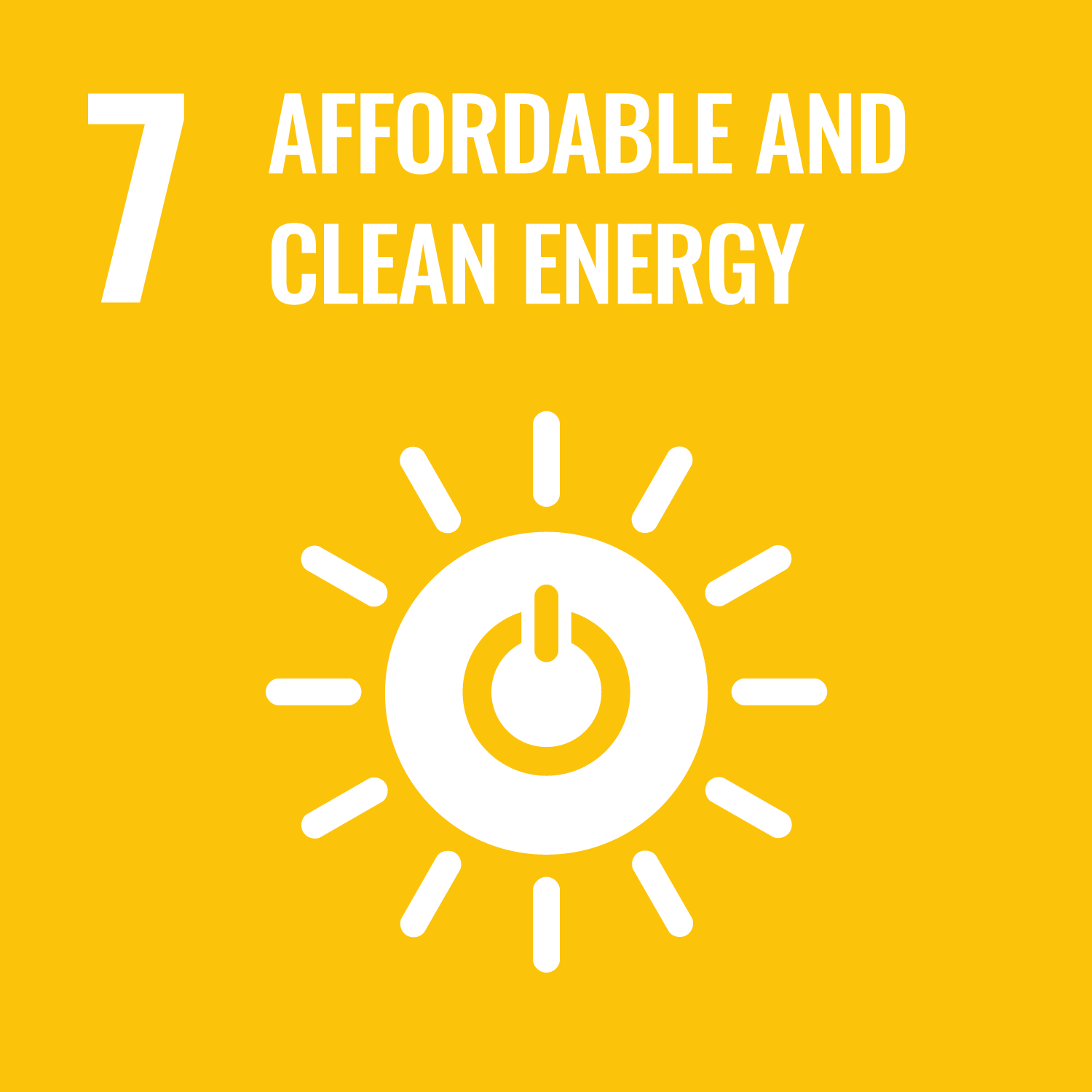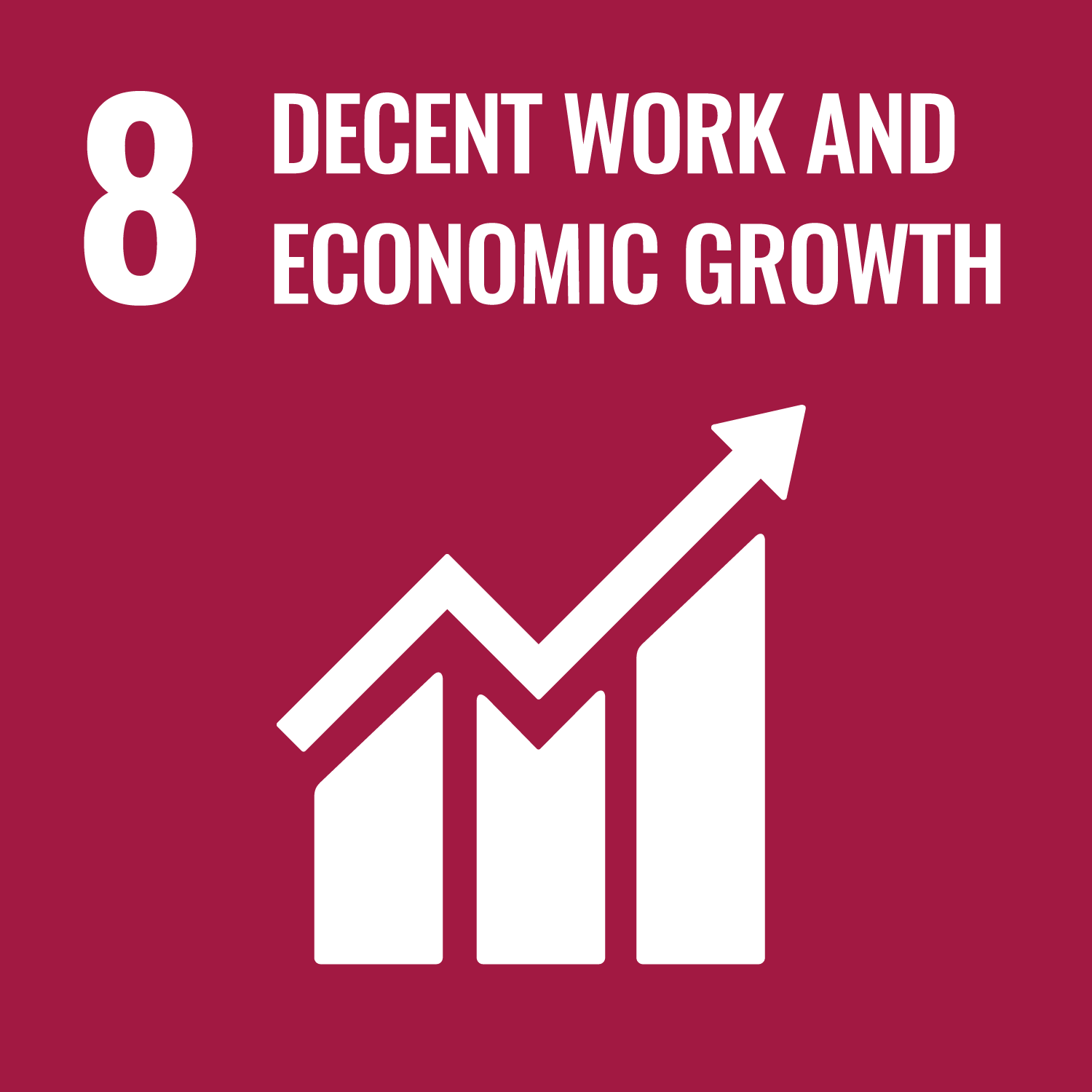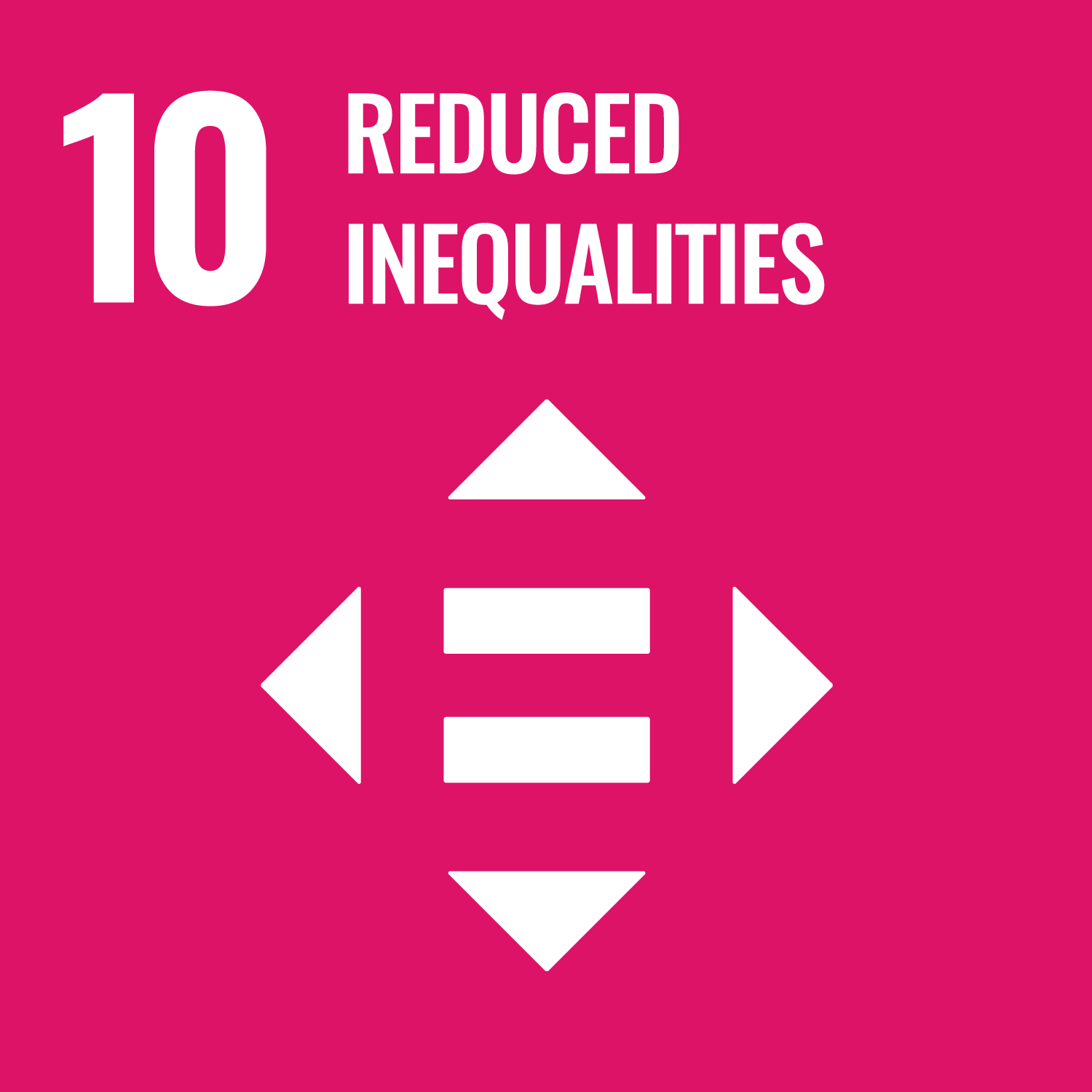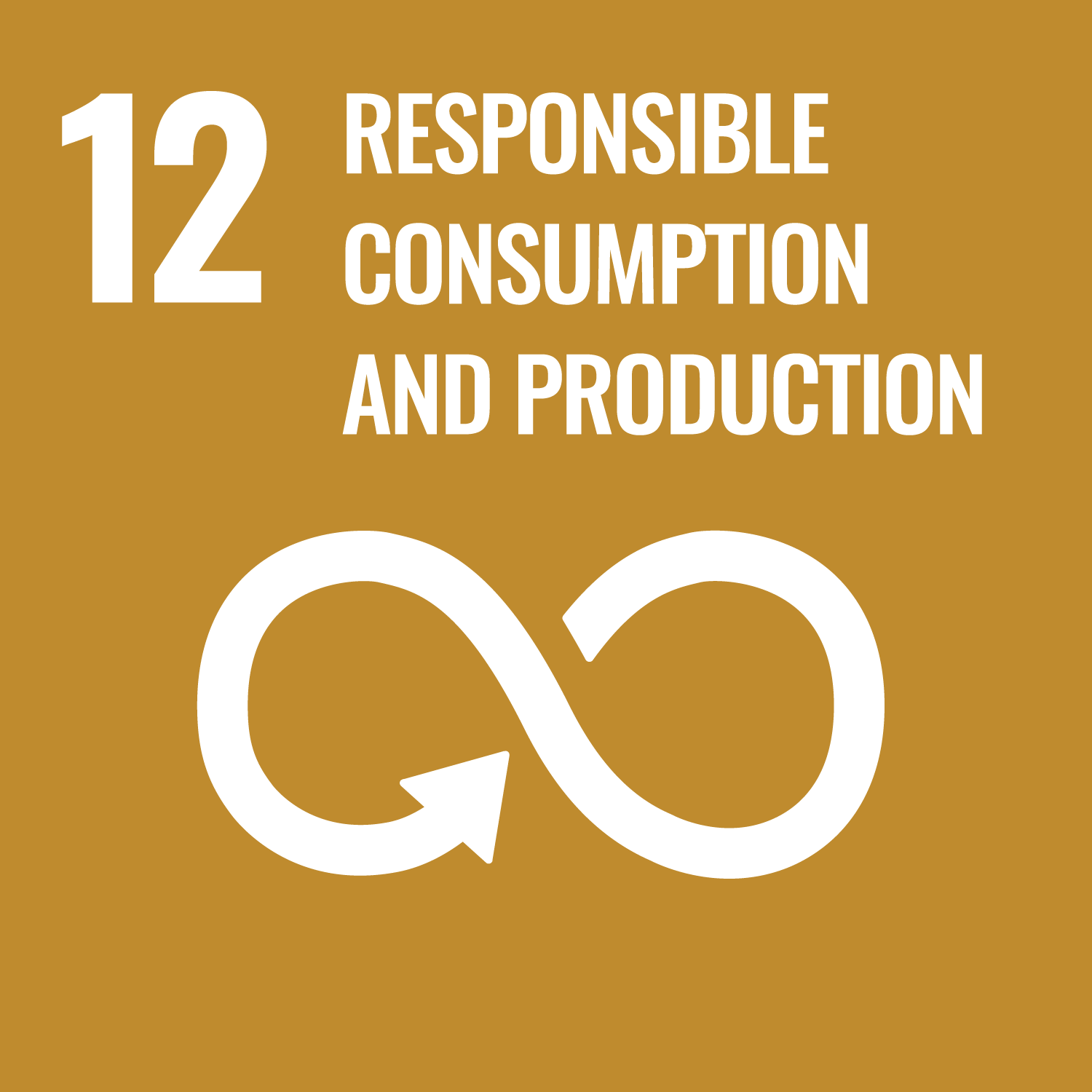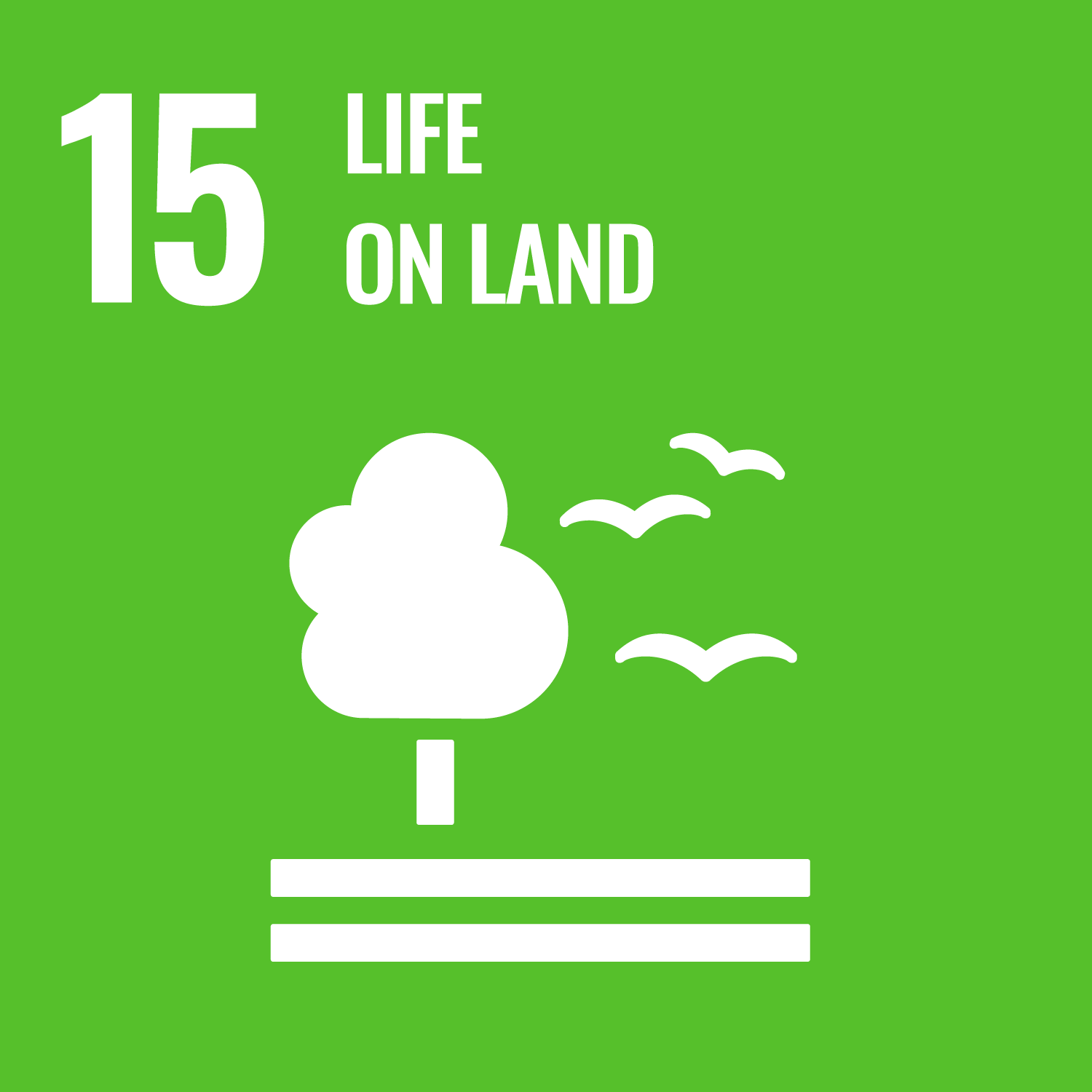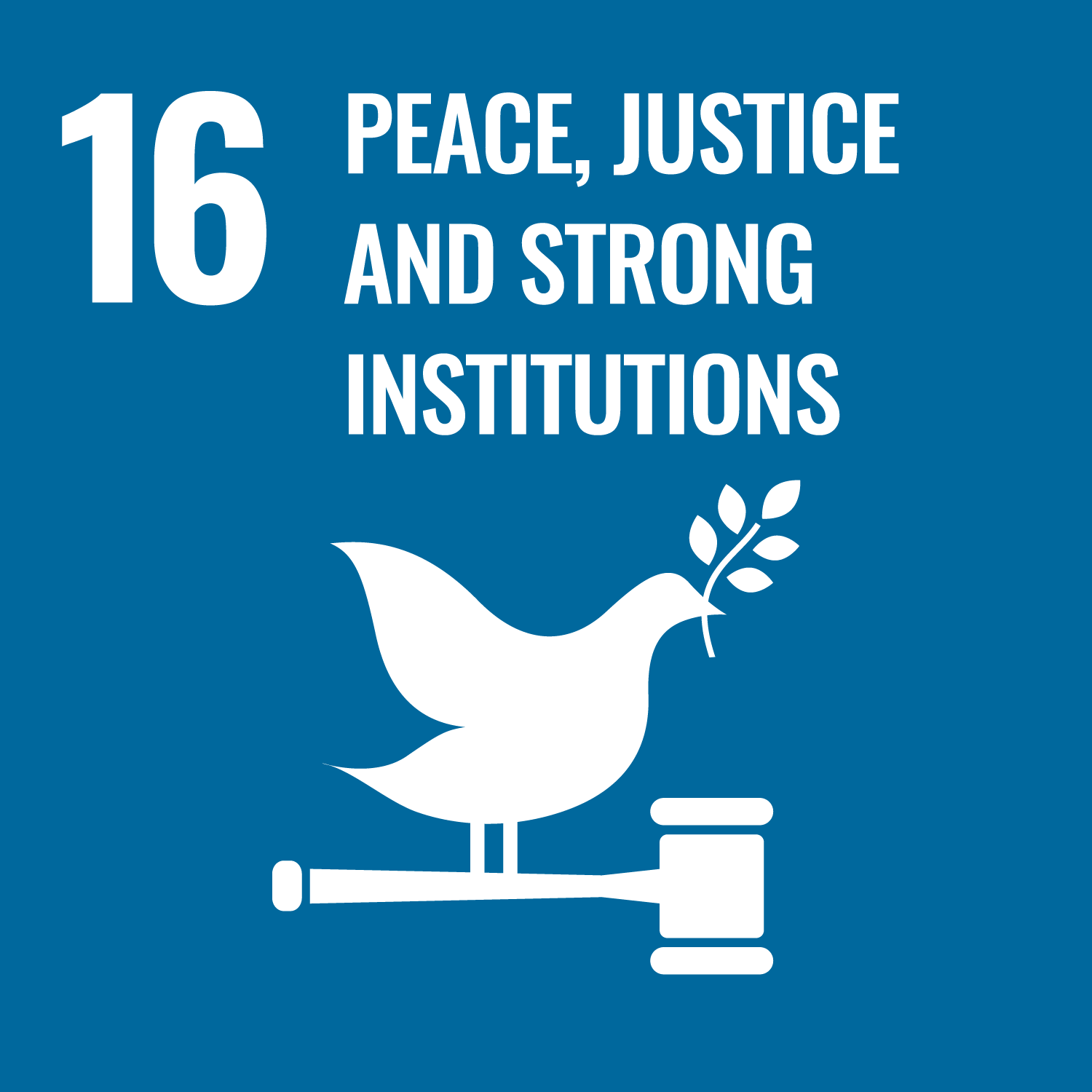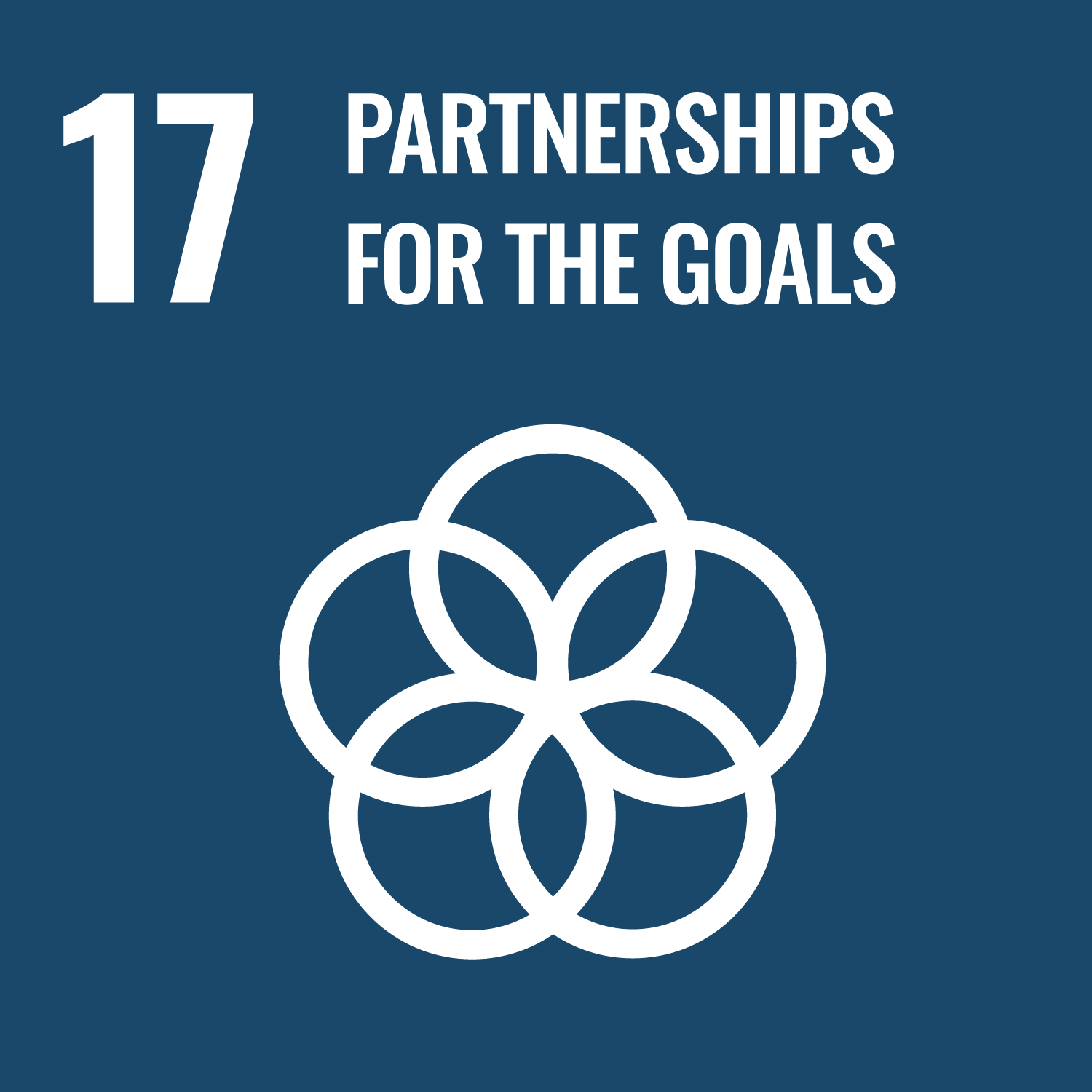What the Project Is
ChopValue™ is part of the MVP Group of Companies – a forward-thinking force in revolutionizing the furniture industry. THE FUTURE OF FURNITURE IS CIRCULAR: climate positive wood furniture made locally on a global scale. Taking a step towards a more sustainable future, this project offers performance furniture solutions that prioritize not only a beautiful, durable product but also the protection of our forests and our planet. It’s a compelling blend of sustainability, circular economy principles, microfactory production, and innovative franchising that’s reshaping views on what a furniture maker can achieve.
Main Benefits
Key figures and facts about this initiative highlight its unique contributions and potential impacts:
- Chopsticks recycled to date: [insert number]
- kgCO2e emissions saved to date: [insert number]
- Carbon negative products for a climate positive future
- Performance furniture solutions engineered to last and protect the environment
- Local manufacturing through a global microfactory network for reduced environmental stress
Restoring the Environment
ChopValue focuses on restoring the environment. The project produces premium wood alternative products that save carbon emissions, all made locally through its global microfactory network. This environmentally conscious approach isn’t just about creating high-quality furniture – it’s a mission to reimagine production methods, reduce waste and stress on natural resources, and ultimately contribute to a healthier planet. The idea is simple yet powerful: if every step counts toward environmental restoration, then every piece of furniture carries the promise of a greener future… and that promise resonates with communities around the globe.
No Such Thing as Waste
At its core, ChopValue embraces the philosophy that there is no such thing as waste. By urban harvesting raw materials from what others view as waste and engineering them for a second life, the project offers a unique perspective on resource optimization. This process reduces the traditional burden on the environment while turning otherwise discarded materials into something valuable, realigning waste into a resource. It’s an innovative approach that challenges conventional views on production and consumption, ensuring responsible practices are always a vital part of the manufacturing process.
Innovation in Sustainable Furniture
Innovation is embedded in every fiber of ChopValue’s business. The material used in their products is not only climate positive but also stronger than traditional wood. This breakthrough proves that sustainable solutions can also be high-performance without the need for compromise. By prioritizing design excellence and quality, the project paves the way for a future where sustainability and style go hand in hand. The project’s story is one of transformation – turning what once was considered waste into a resource of the future. It’s an inspiring narrative demonstrating that sustainability can be both impactful and practical, often witnessed in moments that feel quietly revolutionary.
Project Impact
- SDG 9: Industry, Innovation and Infrastructure
- SDG 11: Sustainable Cities and Communities
- SDG 12: Responsible Consumption and Production
- SDG 13: Climate Action
- SDG 15: Life on Land
Global Reach and Local Impact
ChopValue’s approach is a remarkable example of made local with a global impact. Circular furniture manufacturing is executed close to communities by leveraging microfactories near every location, yet its influence spreads worldwide. The project excels in reframing the narrative of the recycling industry by operating with a BCorp score of 101.1, dramatically demonstrating that integrity and sustainability in business can align seamlessly with cutting-edge innovation. With a design methodology that cares deeply about both aesthetics and environmental welfare, the project empowers communities to realize that responsible production is not only possible but also essential in today’s era. This dynamic initiative continuously inspires responsible choices and adds momentum to a circular economy where the end of one product only marks the beginning of another’s journey.

